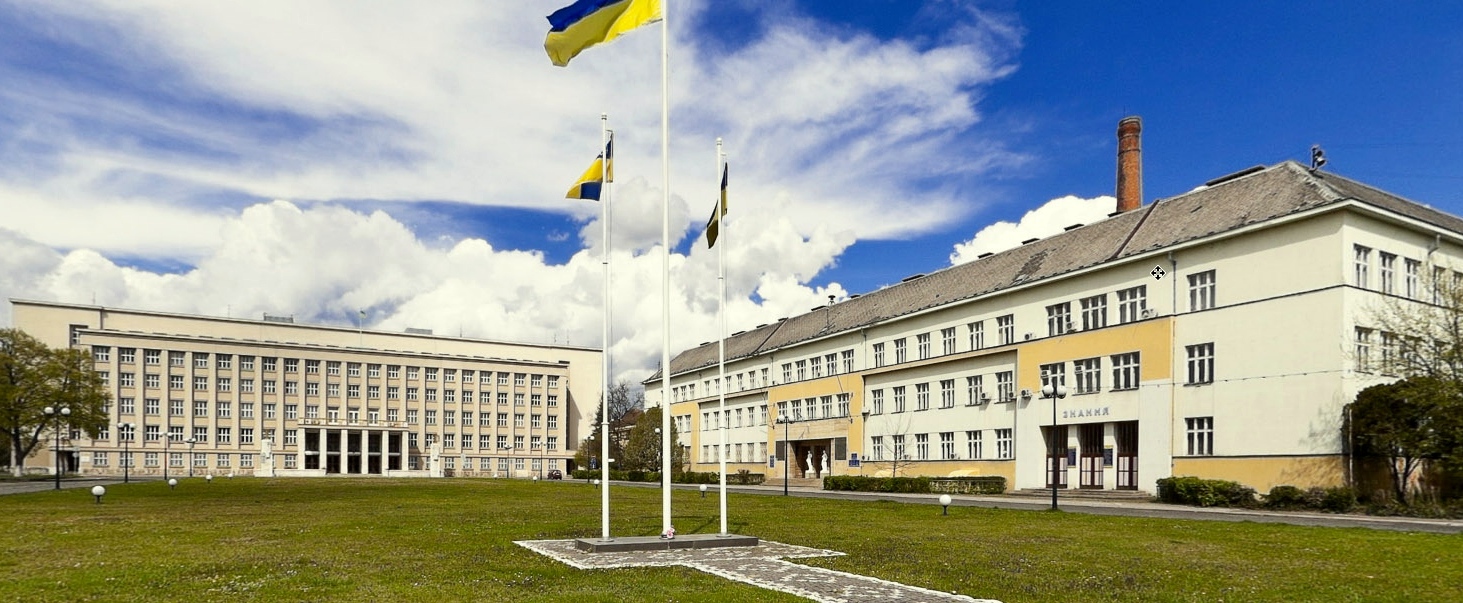After joining Subcarpathian Rus to Czechoslovakia, the Government of the Czechoslovak Republic decided to build a new modern area to enhance the prestige of Uzhgorod as the main city of the region. In October 1921 it was developed and published technical specifications for the construction of a new quarter – of Small Halahova with the participation of the government of Czechoslovakia and Uzhgorod city council. Development of a construction plan of Small Halahova was entrusted to Professor of Czech High Technical School in Brno – doctor of architecture – Adolf Libsher. Construction program was approved on April 5, 1922. In order to avoid an appearance of “dead” government district, the project involved the alternation of public and administration buildings. It was planned to build a theater, the Russian People’s House, a reading room, a bathhouse, a house of workers and so on. Also hotels, restaurants, cafes, shops were needed to make the quarter completely self-sufficient. The idea of A.Libsher was embodied by the pleiad of prominent Czechoslovak architects – František Krupka, Josef Gochar, Alois Dryak, Ludovit Oelshlager, Freyvald Jindrich, Jaroslav Bohm, Jan Gillar, Jaroslav Fragner, each of them designed one or more buildings under the construction plan. Since 1999 the Square has been decorated with monument to Shevchenko (architect Mikhailyuk), and in 2001a grass turf with lights was laid there. A rose garden is situated on the left, followed by the building of History Faculty of Uzhgorod National University, which was built in 1975. A fountain was restored in 2011. The house in which the court of Carpathian Rus has acted is located on the right side of the square. Portal of the building is decorated with a sculpture of Themis – goddess of justice. Knowledge Society and Regional Trade Union are situated there now.

